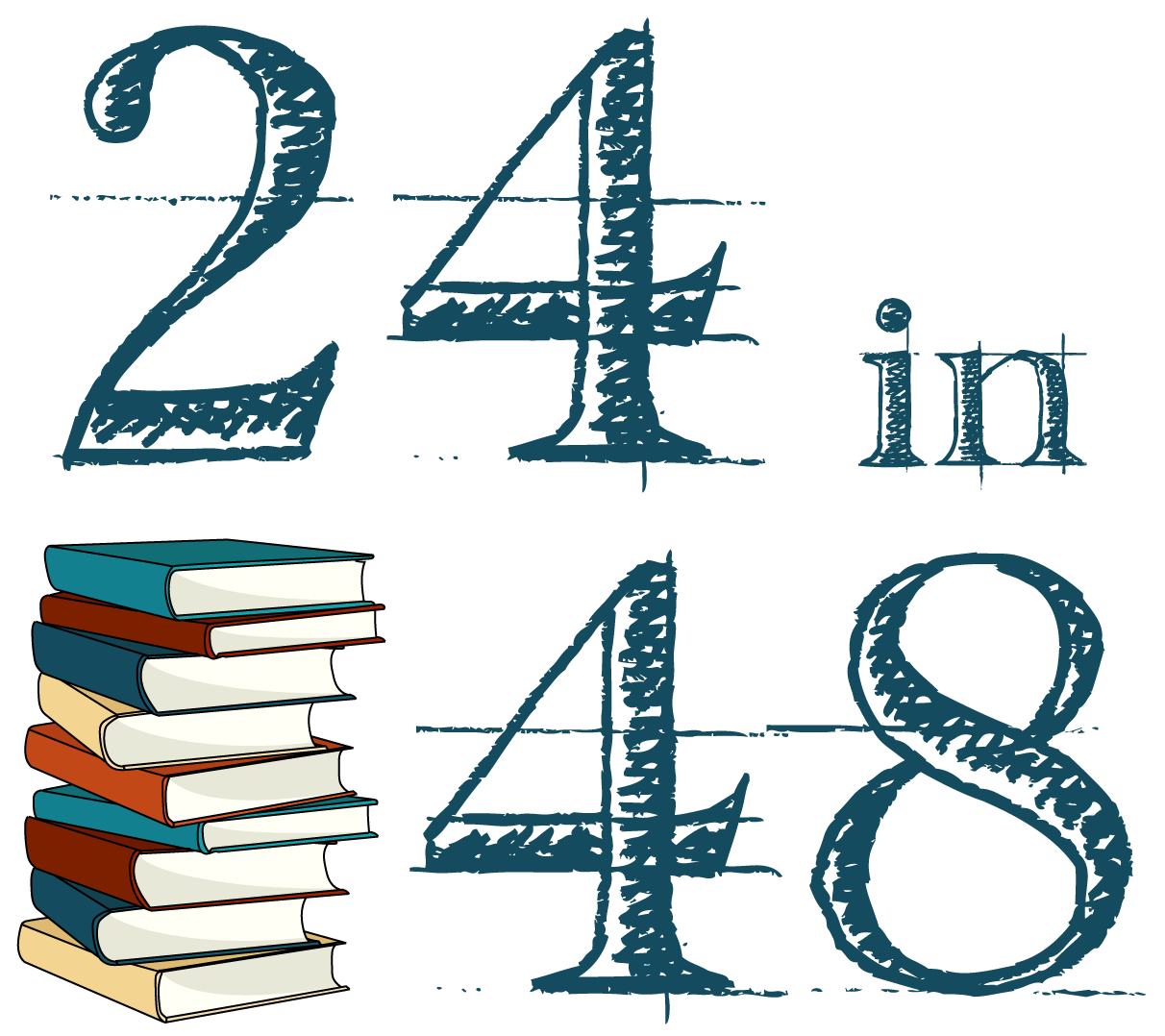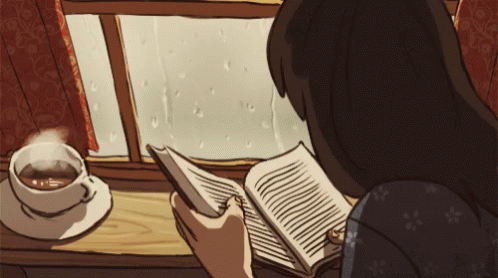
My rating: 5 of 5 stars
Since Star Wars first appeared in theaters in 1977 and authors such as Timothy Zahn have expanded that universe in later years, a plethora of novels, comic books, and TV shows have played around a lot with different genres and styles. For example, in the novel Death Troopers, you have an example of zombie horror; in the novels Shatterpoint and Luke Skywalker and the Shadows of Mindor, you have psychological thrillers. But never before, in my mind at least, has a Star Wars novel ever taken on the genre of disaster novel. Thus, Claudia Gray breaks new ground for Star Wars by writing its full disaster novel in this stunning conclusion to the first phase of The High Republic publishing series.
Since the start of The High Republic series last year, the brutal villains the Nihil have instigated several disasters. There was the Great Hyperspace Disaster that kicked off the first novel, Light of the Jedi, and there was the attack on the Republic Fair in The Rising Storm. But each one of those involved some kind of battle between the Jedi and the Republic against the Nihil. But in this novel, aside from a few surprise attacks on helpless planets at the beginning, there is no engagement between the Nihil, the Jedi, or the Republic. Instead, the novel is entirely consumed up with the sabotage and destruction of Starlight Beacon, the symbol of the hope and peace promised by the Republic and the Jedi to the Outer Rim territories, which was introduced in the first High Republic novel. Thus, the station's impending doom forces the main characters to deal with the disaster on hand. There are no battles, only tough decisions to be made by Jedi and regular people on how to get the most people out alive and what sacrifices everyone is willing to make to see that happen. Like the 1997 film Volcano, this book has a certain feeling of inevitability and the only question is who will survive.
At the same time Starlight Beacon is falling from the sky, another threat lurks in the shadows of the station. The creature unleashed by the Nihil's leader, Marchion Ro, at the very end of The Rising Storm, has found its way onto the station and has its sights set on any Force-wielder it can get its hands on. There is still no real answer as to what exactly this creature is, what exactly it looks like, or how it seems to kill Jedi so easily, but these creatures may remind fans of the old, pre-Disney expanded universe of the ysalamiri creatures introduced in Timothy Zahn's classic Heir to the Empire that could temporarily dampen a Jedi's connection to the Force. However, these creatures are far more malevolent than the ysalamiri ever were.
My only complaint about this novel is that, with The High Republic series encompassing multiple mediums, including YA novels and comic books, some plot threads that make their way into this novel may leave some fans confused. As an analogy, imagine you had skipped over the film Ant-Man and the Wasp in the Marvel Cinematic Universe and started watching Avengers: Endgame. You would have no idea why Ant-Man just materialized in the back of a van at the beginning of the movie or why he knows so much about the Quantum Realm. Similarly, I know that I have not been keeping up with The High Republic comics and because of that I feel there have been some plot points that I have missed leading up to this novel. This is becoming a growing problem with multi-media stories like the MCU in general and The High Republic series in particular, one that, I fear, might not be resolved in the future. That said, this feeling of missing key details is not necessarily Ms. Gray's fault and should in no way dampen a casual fan's enjoyment of this novel as long as they have been keeping up with the previous adult novels in the series at least.
Overall, I greatly enjoyed this conclusion to phase I of The High Republic. By setting The High Republic in a time period never before explored with brand new characters, not even by the pre-Disney expanded universe, no character is safe. Indeed, quite a few characters, including perhaps one or two fan favorites, meet an untimely death in this novel. Thus, as the first phase of this series closes and a new phase is set to begin, fans are reminded that this is not the film eras, which means that no character is truly safe and everyone is in danger.





























